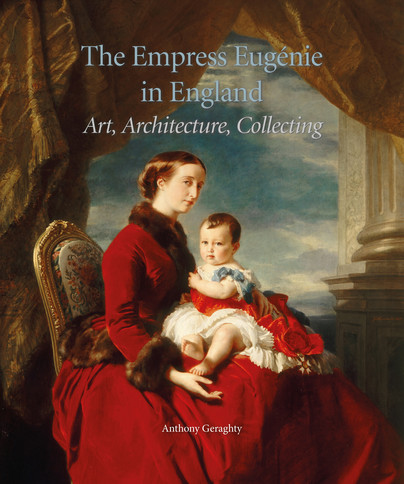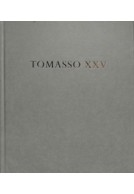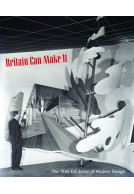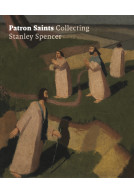The Empress Eugénie in England (Hardback)
Art, Architecture, Collecting
Pages: 272
Illustrations: 186 illustrations
ISBN: 9781916237827
Published: 24th September 2022
(click here for international delivery rates)
Need a currency converter? Check XE.com for live rates
‘Told with exceptional scholarship, wit and humanity; the book itself is a ravishingly beautiful object’ - World of Interiors
‘Geraghty excels in uncovering the allusions that added up to a patriotic statement about French culture’s ability to absorb and refine diverse European precedents’ - Apollo
‘Beautifully illustrated book reconstructs what the house, collections and mausoleum were like before 1920’ - Spectator
This absorbing book tells the story of Empress Eugénie (1826–1920), the wife of Napoleon III and the last Empress-Consort of France. Today she is remembered for her physical beauty, for her influence as a taste maker and for her glittering contribution to the second imperial court – but she outlived the Second Empire by half a century and lived in exile in England.
The Empress bought the Farnborough Hill estate in 1880, following a decade of personal tragedy: the collapse of the Second Empire (1852–70), the death of Napoleon III, and the loss of her only child. The death of the Prince Imperial in 1879, aged 23, ended all hope of
a Bonapartist restoration. With the imperial succession removed to another branch of the family, Eugénie resolved to create a permanent monument to her husband and son. This was her primary reason for moving to Farnborough. This book describes the little-known assemblage of art and architecture that she created there in the 1880s.
Geraghty analyses the principal buildings on the imperial estate: Farnborough Hill itself, which was extensively remodelled for the court-in-exile that Eugénie maintained there from 1880 to 1920; and St Michael’s Abbey, the spectacular domed mausoleum that the Empress built on an adjacent hill in 1883–88. These projects were entrusted to a French architect, Hippolyte Destailleur (1822–93), whose erudite designs situated the history of the Second Empire within the longer history of French architecture and design. Geraghty also provides the fi rst detailed account of the lost interiors of Farnborough Hill. He traces the origins of the collection back to the Second Empire, and – drawing upon historic photos, inventories, and sale catalogues – he shows how the collection was displayed in the principal rooms of the house. Primarily dynastic in purpose, the display included a major sequence of Bonaparte family portraits, including works by David, Gérard, Winterhalter, and Carpeaux. Eugénie also had an important collection of decorative arts, including Gobelins tapestries, Sèvres porcelain, and royal French furniture.
Composed by the Empress herself, the display at Farnborough Hill was the last manifestation of the ‘Louis XVI-Impératrice’ mode of interior decoration that she had popularised in the 1850s. It was also, in its juxtaposition of modern and historic pieces, the final expression of the nouvelle sociabilité of the second imperial court. Finally, the book describes the breakup of the estate in 1927, when the house was
sold to a convent school and the collection was dispersed at auction. Today, only the Mausoleum functions as Eugénie originally envisaged. Geraghty, however, recovers the totality of Eugenie’s vision for Farnborough. In so doing, he describes how the Napoleonic ideal, for one final time, was made visible through art, architecture, and collecting.














